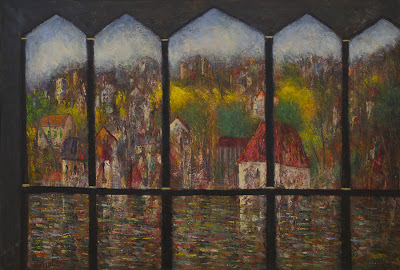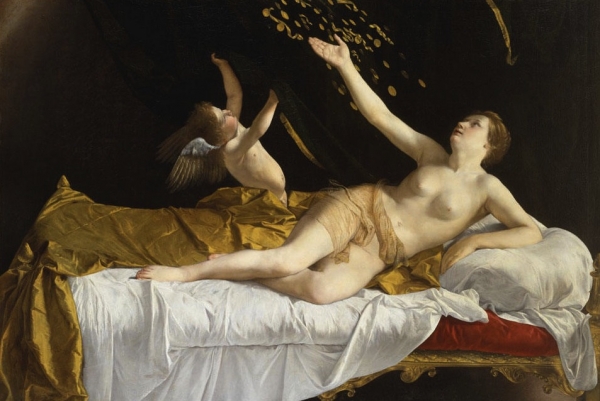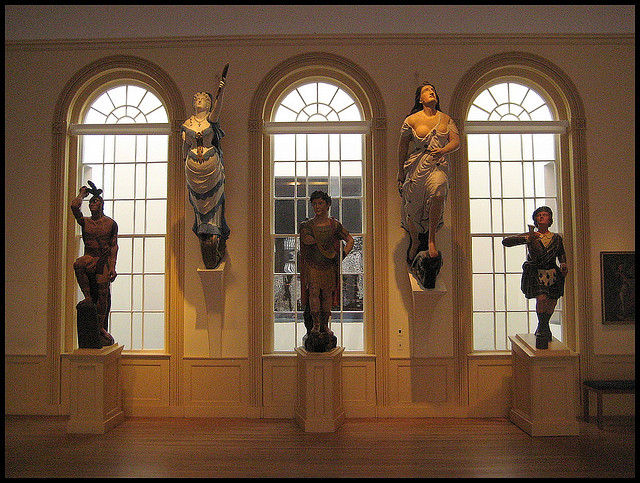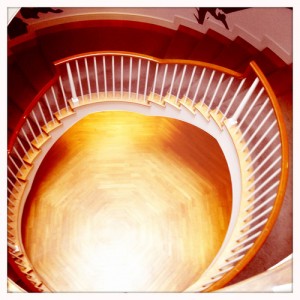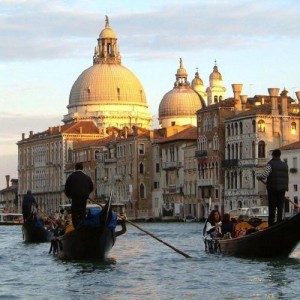 Â Half the contemporary art world is in Venice for the Biennale, and those of us left behind are (mostly) either moaning and saying maybe next year, or pretending we didn’t want to go. One guy I spoke with today bemoaned the long lines to see the pavilions, and said he’d rather go later in the year on anyway. I can’t pretend I wouldn’t want to be in Venice, even if I have no patience for it.
 Half the contemporary art world is in Venice for the Biennale, and those of us left behind are (mostly) either moaning and saying maybe next year, or pretending we didn’t want to go. One guy I spoke with today bemoaned the long lines to see the pavilions, and said he’d rather go later in the year on anyway. I can’t pretend I wouldn’t want to be in Venice, even if I have no patience for it.
But here’s a crib sheet for others not in Venice, in the guise of a pronunciation guide. It was published online by Artspace, which sells art online, and begins:
With the rampant growth of the global art world, biennales and other international art exhibitions can be rough on the feet of intrepid travelers trying to take it all in—but even harder on the tongue, with the names of the unfamiliar artists continually flummoxing you with their consonant clusters and secret diphthongs.
In it, you’ll learn how to say Imi Knoebel, KutluÄŸ Ataman, Zhou Chunya, and others.  This list complements an earlier edition that I didn’t know about, Art 101, How to Pronounce Artist’s Names, Vol. 1. It tackled the likes of Albert Oehlen, Apichatpong Weerasethakul, Cyprien Gaillard, Guillermo Kuitca, among others. Reading them, I learned I’ve mangled a few artists’ names — so thanks to Artspace for correcting me.
And now, when all those people return from their art travels, at least you’ll know who they are talking about.
Photo Credit: Courtesy of Artspace

